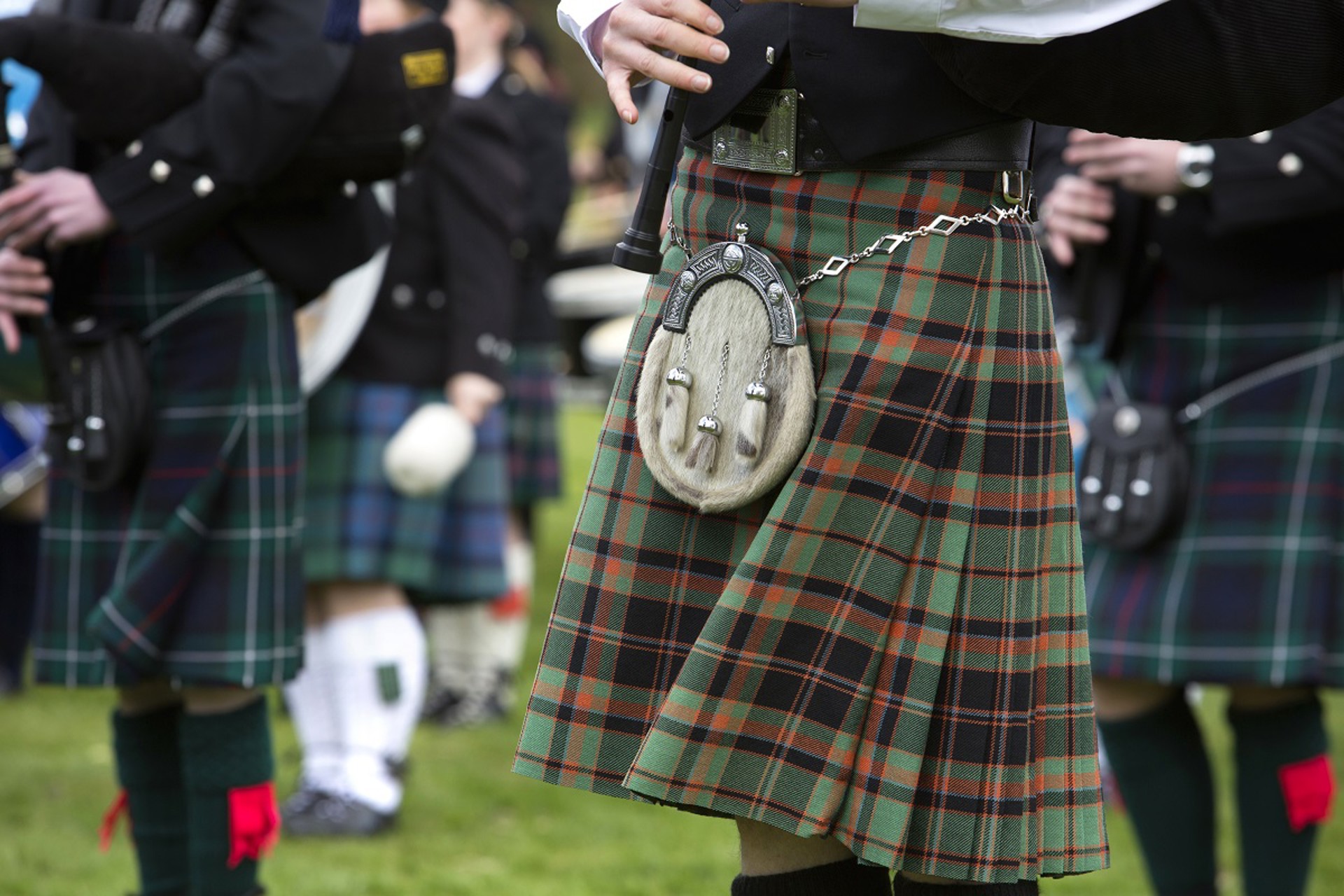
Gaelic
Fàilte gu Alba | Welcome to ScotlandGaelic is Scotland's oldest living vernacular and has been spoken in Argyll since at least the 5th century. Historically, it was the common language of the ancient Kingdom of Dalriada, whose Iron Age fort was situated at Dùn Ad (Dunadd) near Kilmartin Glen and the language of the Scottish court up until the early 1100s.
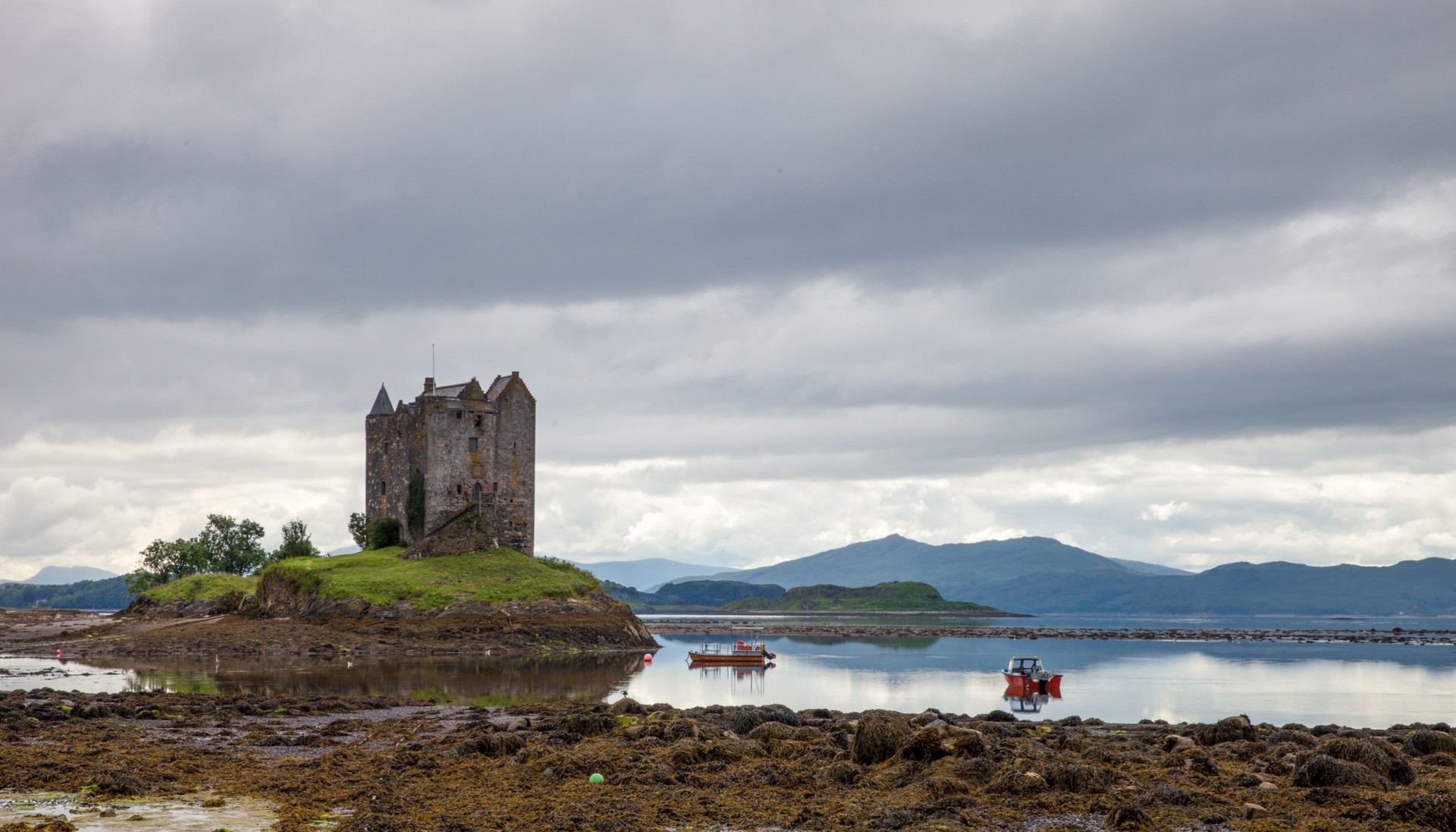
WHAT IS THE HISTORY OF GAELIC? SPECIFICALLY, HOW DOES IT LINK TO ARGYLL & ISLES?
Today, the types of Gaelic language still spoken can be looked upon almost like three sisters; Scottish, Irish and Manx, grouped under the term Goidelic. In the not so distant past when it came to the dialects of South Argyll and Ulster, there was very little to distinguish them one from the other. Culture rarely respects national borders and especially when there is a super highway like the sea to join them and no mountains to separate them, language speakers communicate freely with those who have similar dialects. Due to the fishing industry, links between places like the Isle of Islay in Scotland and County Donegal in Ireland remained strong over many years.
Goidelic languages are also regarded as Celtic, an umbrella designation including another three tongues which can also happily be thought of as sisters to one another; Welsh, Cornish and Breton, often referred to as Brythonic languages. It is generally accepted that Celtic languages arrived in Britain from the Continent somewhere in the region of a couple of millenia ago. Although there is debate about whether Brythonic or Goidelic came across from Europe first, there is no doubt that Celtic languages represent the oldest spoken vernaculars in the British Isles.
The people from whom the Gaelic language sprung are known as Gaels, and today they are indigenous to Ireland, the Isle of Man and the Highlands and Islands of Scotland.
WHERE IN ARGYLL & THE ISLES CAN GAELIC BE HEARD?
Gaelic language use has shrunk massively over the last 300 years due to the British Government’s historic policy of assimilation of the Gaelic People. Today, there are still significant pockets of speakership in the Isles of Tìr Idhe (Tiree) and Ìle (Islay) where it is still possible to hear the language in shops, community centres and at Gaelic cultural events.
Due to high levels of population change, islands such as Luinn (Luing) and Lios Mór (Lismore) which sported Gaelic majorities in the 1970s are now down to numbers of speakers that can be counted on one hand. The Argyll mainland now has no fluent native speakers resident in the area who are also native to it.
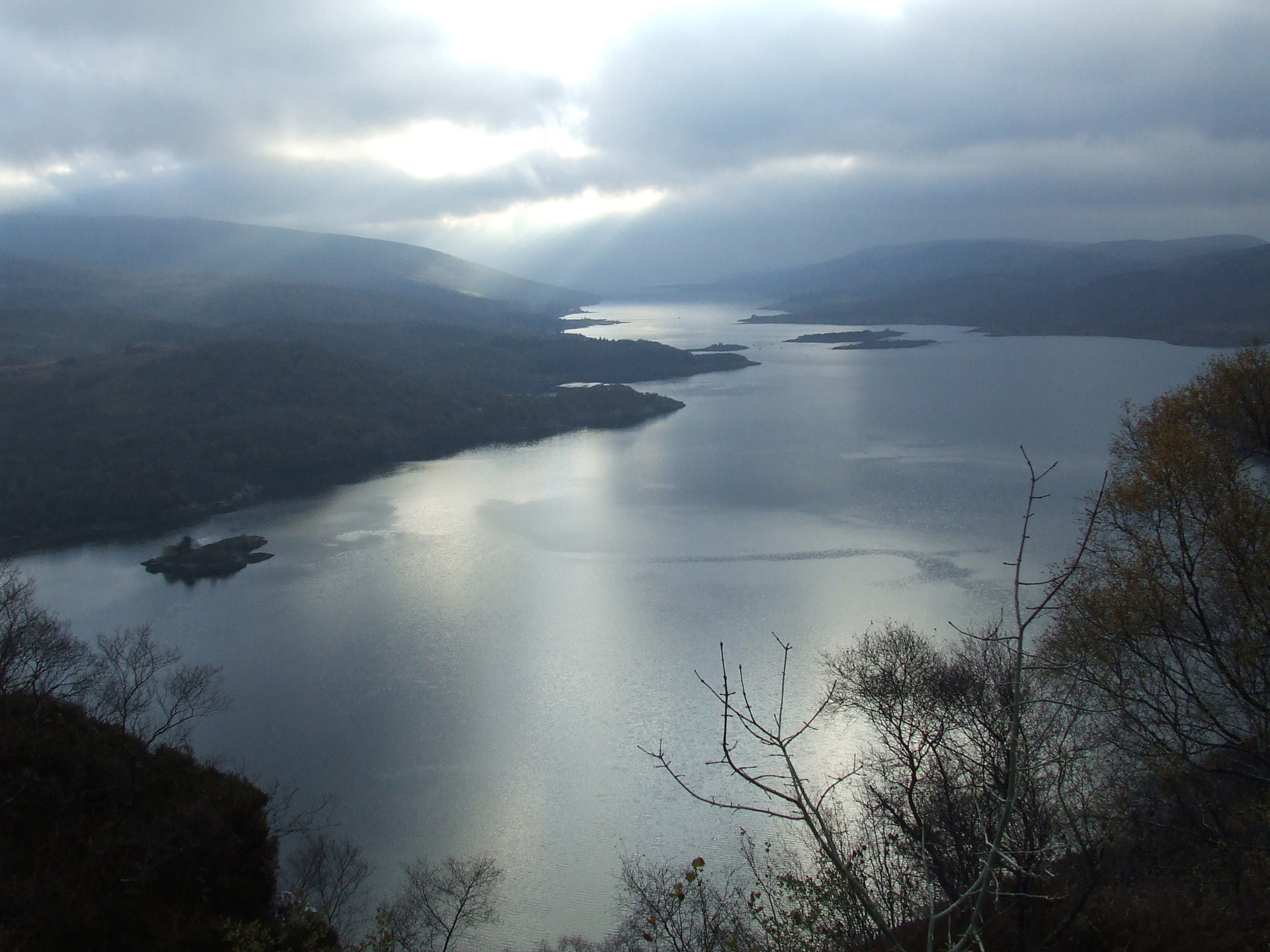
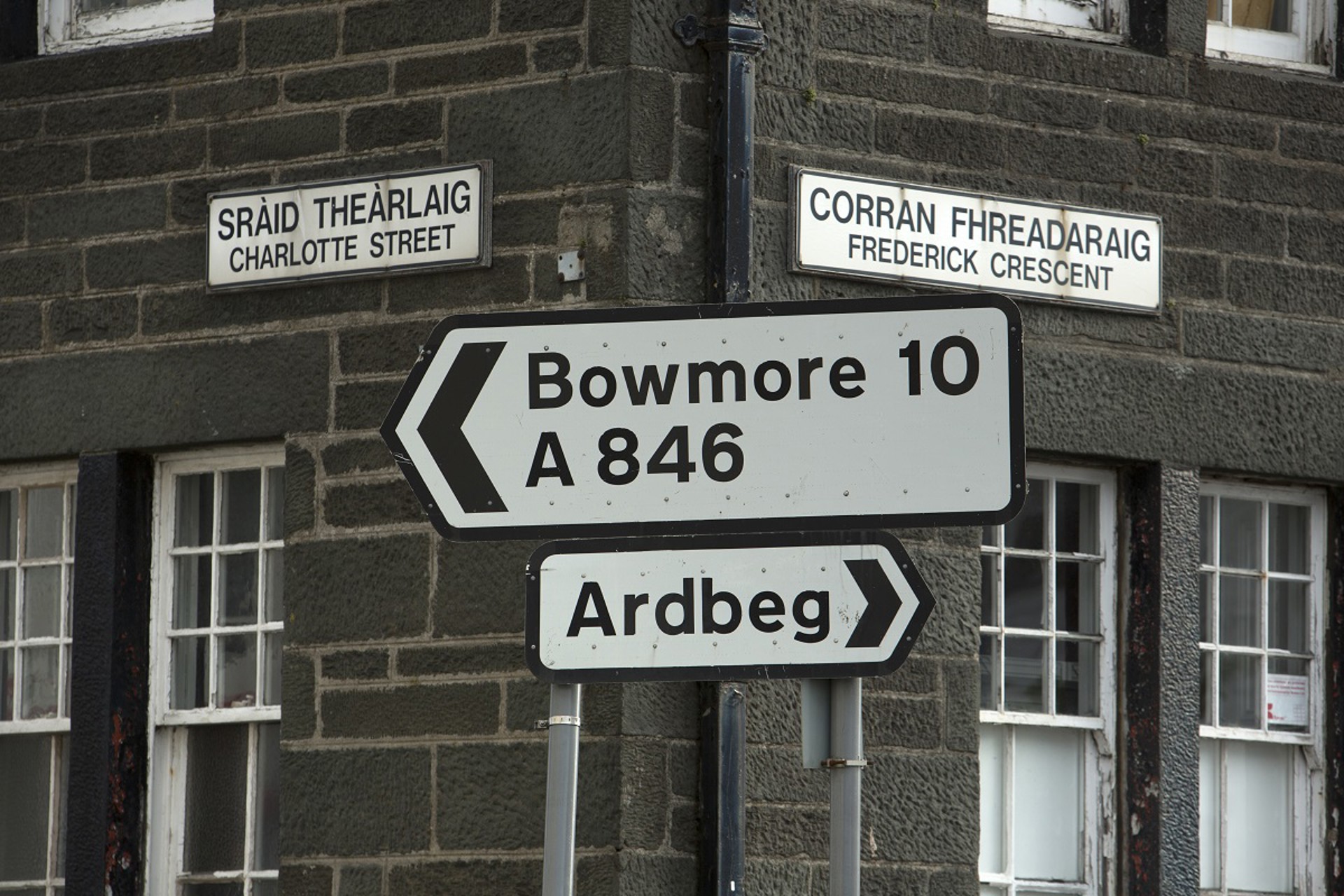
HOW IS GAELIC USED IN THE AREA TODAY? AND HOW IS THE LANGUAGE KEPT ALIVE?
Most of the Gaelic language that can be heard in Argyll today is a mixture of the dialects of the Western Isles, spoken by Gaels from those islands who have moved to Argyll to live and work. There are seven primary schools across Argyll which provide Gaelic Medium Education. The Furan Centre in Oban is a locus of Gaelic activity in the area and Ionad Chaluim Chille in Islay provides likewise. The National Mod, which is a festival of Gaelic language competitions from singing to poetry to drama and more, comes to Oban - its place or origin - in 2024. Féisean nan Gàidheal has been operational in Argyll for some time and has a terrific record of assisting young people to pick up the traditional musical arts such as singing, piping, fiddling and accordion playing.
There are ongoing attempts in Argyll to rescue local dialects from extinction, although this work has met with only limited success so far.
WHICH TRADITIONS LINK BACK TO GAELIC CULTURE AND WHERE COULD THEY BE EXPERIENCED IN ARGYLL & THE ISLES?
Many traditions which today are thought of as “pan-Scottish” are in fact originally Gaelic and not native to the Lowlands. The bagpipe - although found right across Europe - is perhaps the most salient expression of traditional Scottish culture today. However, the large sets of bagpipes with which tourists are most familiar are in fact Highland / Gaelic in origin and were not commonly used in the Lowlands until recent times.
Despite the disappearance of Gaelic language from most of the Highlands, piping is thankfully still widespread and there are plenty of cultural events featuring pipers to be enjoyed across Argyll as well as buskers in some of the major towns. The most impressive survival of Gaelic culture in Argyll lies at Auchindrain. This collection of buildings is the only remaining Highland Farm Township on Planet Earth.
When much of the Scottish Highlands were cleared of their Gaelic populations during the course of the 19th century - Auchindrain survived! Many of its longhouses and barns have been almost untouched since the mid-1960s when the township was finally abandoned and designated as an open-air museum. It is open to the public and makes for a fantastic day out.
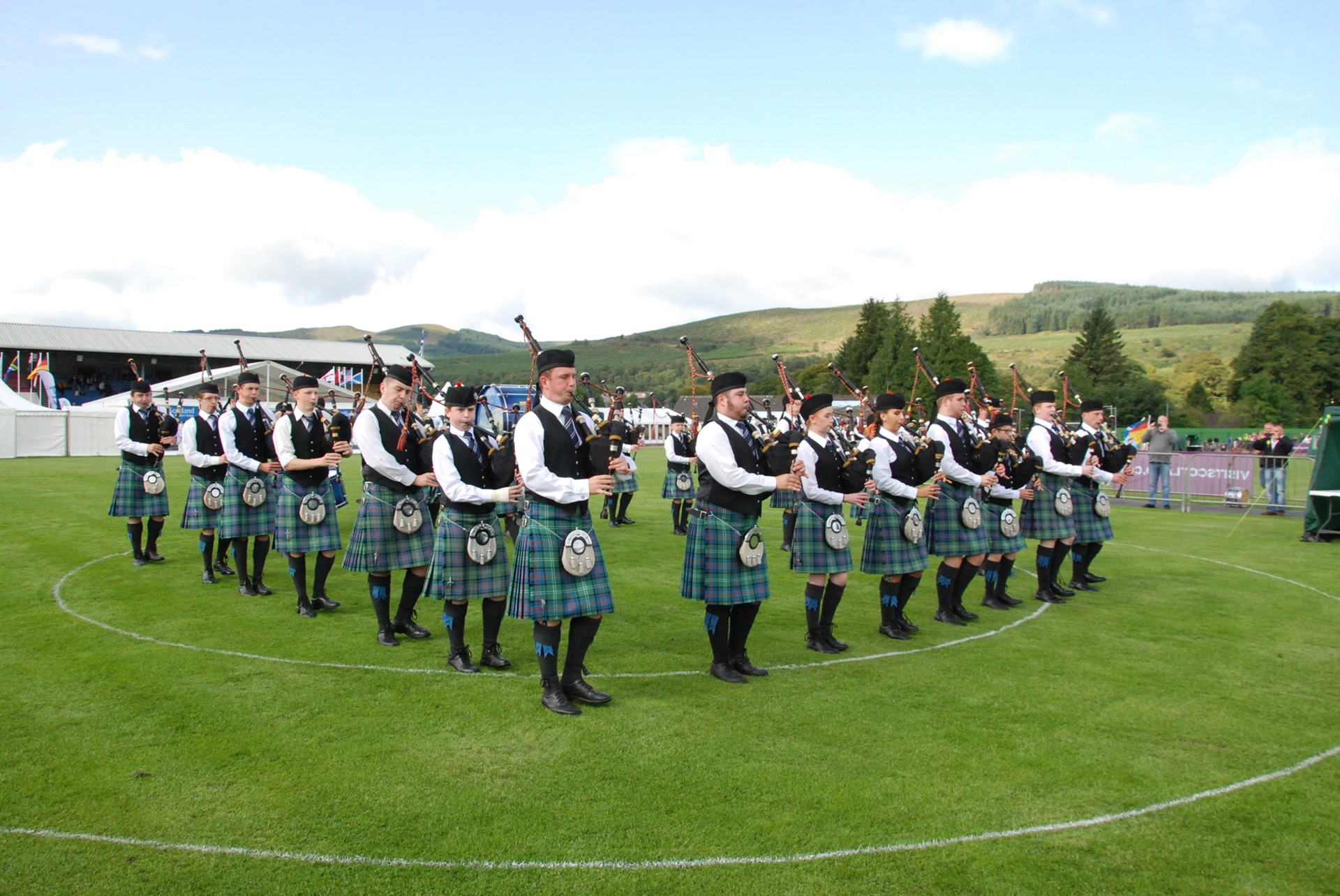
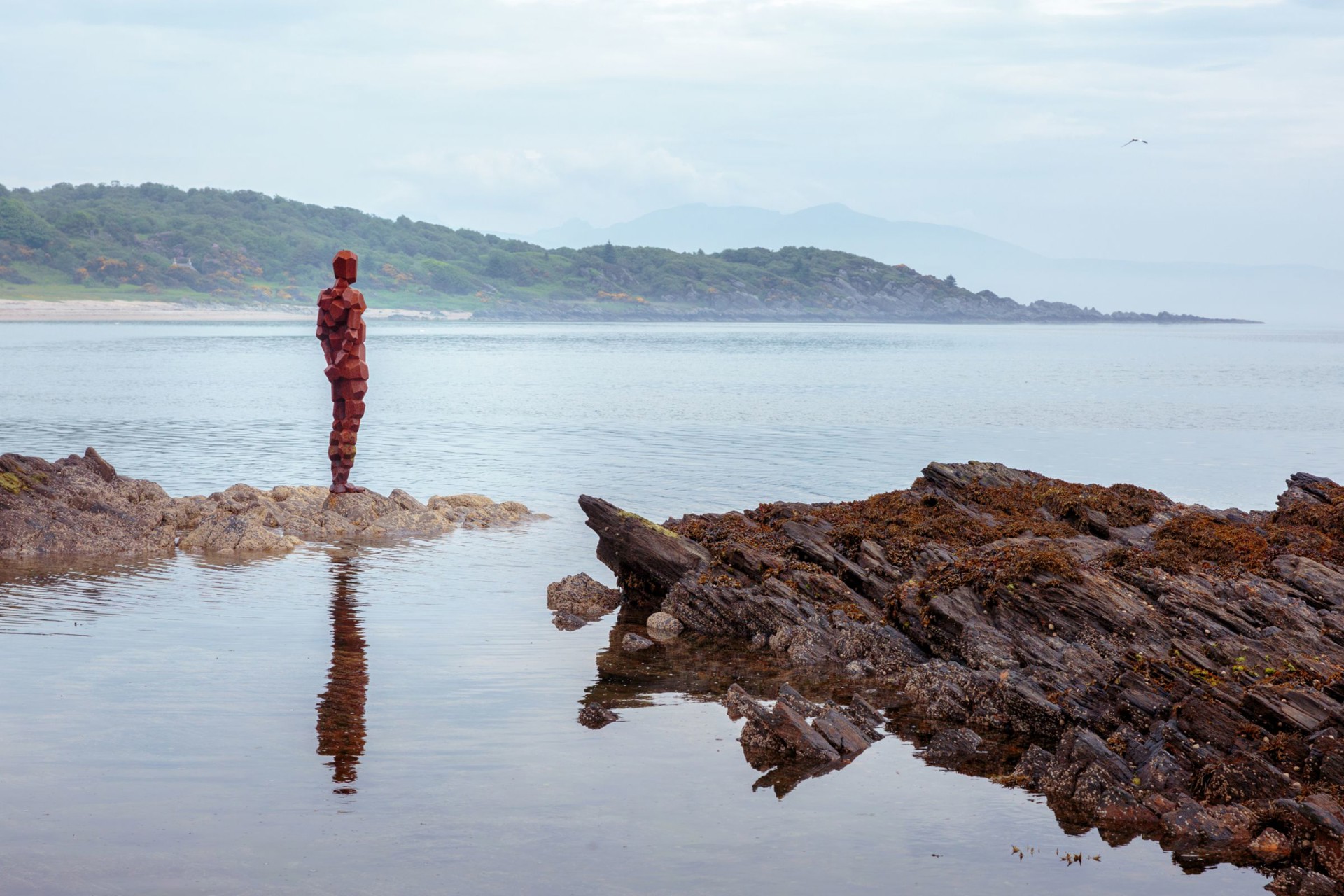
WHICH ARGYLL & ISLES DESTINATIONS HAVE GAELIC NAMES AND WHAT DO THEY MEAN?
Argyll has very few place names that are not Gaelic in origin. Although the forms of many of the names were corrupted by English mapmakers, rendering them difficult for both Gaelic and English speakers to make sense of, the recent arrival of proper signage giving place to the Gaelic language has meant that something close to the original forms is now there for everyone to see on Argyll’s roadsigns. All of the area’s most recognisable destinations have Gaelic names, whether it be An t-Óban (the little sheltered bay = Oban), Ceann Loch Gilp (head of the chisel fjord = Lochgilphead) or Ceann Loch Cille Chiarain (head of the fjord of Ciaran’s church = Campbeltown), something of a mouthful which was known throughout Argyll by native Gaels as Ceann Loch (fjord head) who preferred the abbreviation!
Gaelic Culture Centres and Events
Lismore Gaelic Heritage Centre
In 1994 a group of Liosachs (natives of the Island of Lismore) formed Comann Eachdraidh Lios Mòr specifically to preserve the language and culture of Lismore. They gathered together documents and artefacts and set about sourcing funding for to build the Lismore Gaelic Heritage Centre as it stands today.
The centre includes an exhibition area, a library, an archive room, a gift shop and a café. It also provides a genealogical service with world wide access.
After years of hard work, the museum and its collections achieved national accreditation in 2013.
Explore more by visiting their website here.
An Iodhlann
An Iodhlann is Tiree's historical centre. It offers an overview of Tiree’s long history, presented as a lively display. It also acts as a local archive, with a collection of books, maps, letters, emigrant lists, newspaper cuttings, Gaelic stories and songs and more. An Iodhlann is Gaelic for the stackyard where the harvest is stored.
Explore more by visiting their website here.
The Islay Gaelic Centre | Ionad Chaluim Chille Ìle
Islay's Gaelic and Heritage Centre in Bowmore opens its door for you to engage with Gaelic language and culture through a progressive year-round range of classes, courses and activities. Ionad Chaluim Chille Ìle has much to offer with its heritage room and exhibition space for the benefit and enjoyment of all.
Cafaidh Blasta is based in the Centre, offering hot drinks, home-baking and a lunch menu concentrating on simple, fresh food.
Explore more by visiting their website here.
The Royal National Mod
Organised by An Comunn Gàidhealach (The Highland Association) the Mod was founded in Oban in 1891 and is famous for celebrating Scotland's Gaelic linguistic and cultural heritage.
Scotland’s premier Gaelic festival provides opportunities for people of all ages to perform across a range of competitive disciplines including Gaelic music and song, highland dancing, instrumental, drama, sport and literature.
The Royal National Mod returns to Oban in 2024 but there are smaller Provincial Mods held in Oban, Mull and Islay every year to provide many opportunities to take part in Gaelic language, music and cultural events.
Explore more by visiting their website here.
